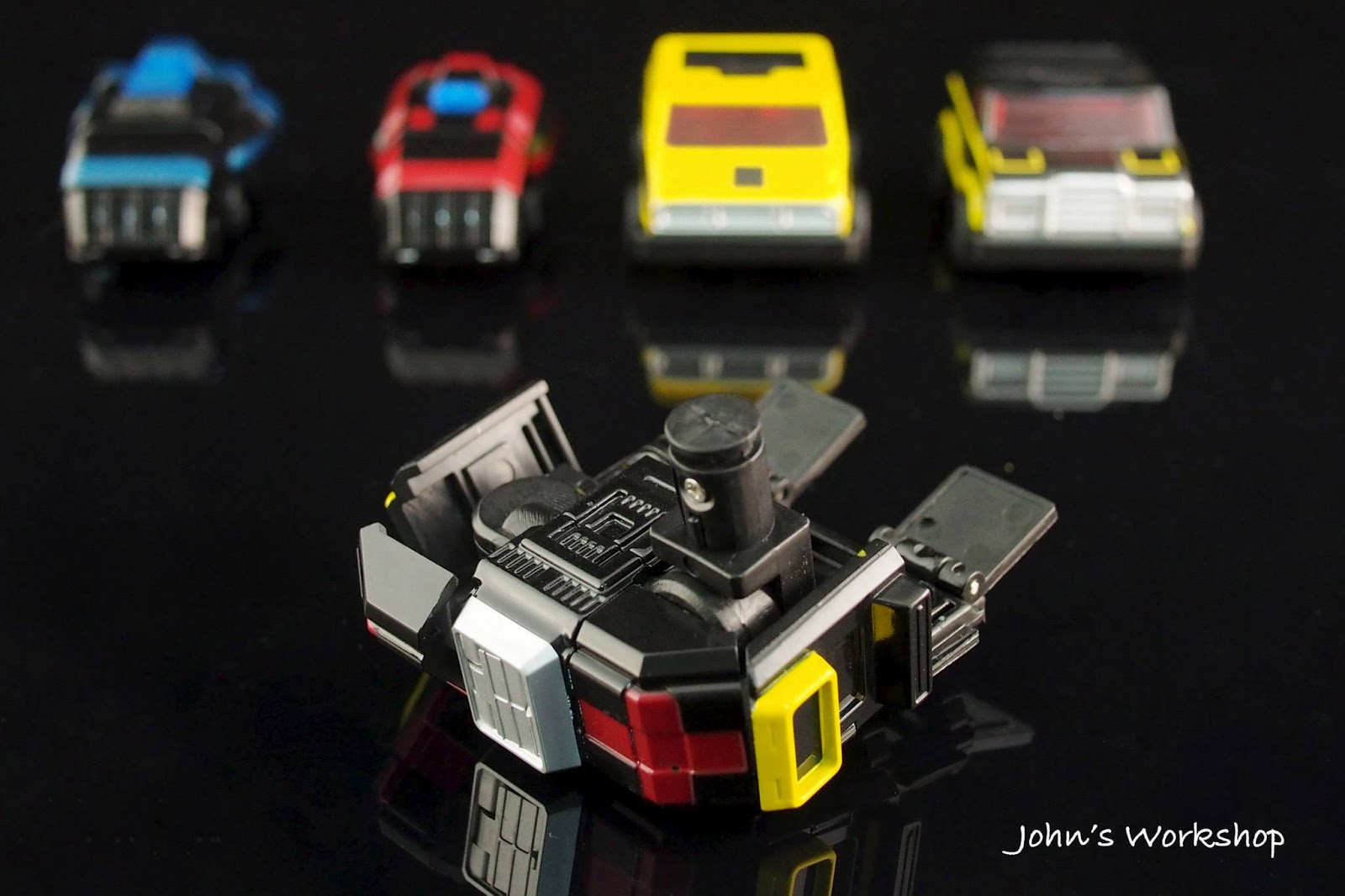
Near the end of her debut episode, Tsuyoshi 'Hothead' Seidou ( Hunk in Voltron) urges her to wake up and join in the fight against Emperor Daibazaal ( King Zarkon in Voltron), however she is too crushed by her despair to trust even a fellow human (that race being responsible for the destruction of her homeworld) and chooses to step off a cliff the two were standing on, rather than live without her brother.
.jpg)
In Go-Lion, a slave girl named Lisa was a survivor of the nuclear war.
VOLTRON VEHICLE FORCE TORRENT SERIES
This scene was completely removed from Voltron, and later episodes used stock footage from earlier in the series to insert the character into scenes that took place after her original death. In Go-Lion, Hys (Nanny) is fatally shot in the heart while protecting Raible (Coran).In Voltron, dialog was inserted to indicate that Sven is merely injured and has been sent away to a hospital planet to recover, and the character of Ryou was rewritten entirely into Sven being enslaved after said planet was taken over, then escaping and managing to reunite with his friends. In Go-Lion, Takashi 'Shiro' Shirogane ( Sven in Voltron), the original pilot of Blue Lion, is killed in a battle with Honerva, and his similar-looking younger brother Ryou appears later in the series to join in the fight against Emperor Daibazaal.Scenes of torture and atrocities inflicted by the alien conquerors on their slaves (such as a "contest" where alien soldiers would be rewarded according to how many prisoners they managed to decapitate in a given time) and some shots of corpses were removed.In the Voltron version, some footage of the pilots' arrival on Arus was taken from Armored Fleet Dairugger XV. They are then captured and taken to Planet Galra, where the plot proceeds similarly, only the planet they find the lions on is called Altea. In Go-Lion, the initial scenes are actually of Earth the pilots have returned from their mission (in the then-futuristic year of 1999) to find that the entire population of Earth has been killed in a nuclear war. They then escape, return to Arus, and become the pilots of the robot lions and Voltron. In Voltron, the pilots arrive on Arus and are captured and taken to Planet Doom. In Voltron, the show begins with the five pilots sent by the Galaxy Alliance, whose space-exploration mission takes them to a planet devastated by war.Though airing in syndication, which offered other anime shows such as Robotech greater freedom to deal with subject matter such as death that were off-limits in most US network children's programming, WEP's adaptation of Voltron was heavily edited to conform to the more conservative standards of children's television in the United States, as well as the standard name change of characters and concepts in Go-Lion and Dairugger. ( May 2016) ( Learn how and when to remove this template message) Unsourced material may be challenged and removed. Please help improve this article by adding citations to reliable sources. This section needs additional citations for verification. A third version/series of Voltron based on yet another Japanese series, Lightspeed Electroid Albegas, was also in progress, but it was dropped when World Events Productions joined with Toei to make new Go-Lion-based shows, due to that show's popularity over the Dairugger run. Because the World Events producers greatly preferred Go-Lion to Daltanious, the Go-Lion episodes were adapted instead, going on to become the most popular portion of the original Voltron run. When requesting master tapes from Toei Animation for translation purposes, the World Events Productions producers requested " ones with the lion." Mistakenly, Toei then proceeded to ship World Events copies of Beast King Go-Lion, another "combining-robot" cartoon which featured lion-shaped fighting robot starships. The Japanese series Future Robot Daltanious was originally planned to be adapted by World Events Productions as part of Voltron. The series was an immediate hit in the United States, topping the syndication market for children's programs in the mid-1980s.

Since they had no means of translating the Japanese series into English, Keefe and Cofod surmised the plots, commissioned writer Jameson Brewer to write all-new dialogue, edited out the more violent scenes, and remixed the audio into stereo format. Peter Keefe was brought aboard as Executive Producer, with Franklin Cofod as the Director. Ted Koplar assembled a team in Los Angeles to transform Go-Lion into what would become Voltron.


 0 kommentar(er)
0 kommentar(er)
